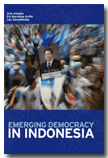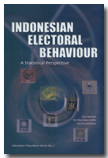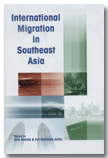24 May 2017
Dear readers,
The word “demographic dividend” has been used frequently in Indonesia, especially when we examine relationship between population change and economic development. The main argument of the concept is that falling fertility has reduced young dependency ratio (“burden” from population under 14 years old), and rising number of “productive” working age population (15-64 years old). The concept further argues that the rising number is favourable for economic growth.
However, Lutz (2015) showed that the concept of “demographic dividend” omitted an important intermediate variable — education. Declining fertility is not automatically transformed into rising productivity. To make the falling young dependency ratio favourable to economic growth, rising education, especially female education, should have increased accompanying the decline in the young dependency ratio. Therefore, Lutz argued that we should talk about Education Dividend, rather than Demographic Dividend.
You may click here to read the article by Lutz on world population and human capital.
Further studies should be made on the current status of human capital of population aged 15-64 years old. How productive are they? Are population 15-24 already productive, or still in school? How is the health of the population? Is there any available employment opportunities for them?
If the status of human capital is low, the relative large number of population aged 15-64 can be disaster rather than a dividend. With low education, low productivity, and lack of employment opportunities, these young people can be exploited as a source of social and political instability.
Best regards,
Aris Ananta
Filed under: Demography, publications, statistics, human capital, Population Projection, social and political instability
















Recent Comments